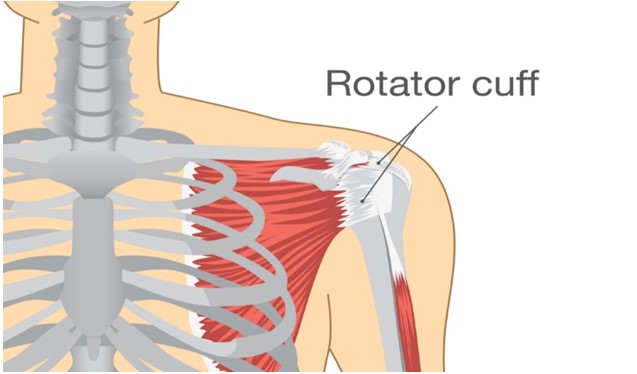Your rotator cuff is one of the most important parts of your body – particularly if you are an athlete. And if you have undergone a rotator cuff injury, it may be difficult to understand how you can avoid re-injuring the area after you have completed physical therapy and rehabilitation. This is one of the reasons that the rotator cuff “re-tear” rate is nearly 81%.
- Make Sure You Follow All Of Your Physical Therapist’s Instructions During Rotator Cuff Rehab
The #1 best piece of advice for avoiding a re-injury of your rotator cuff is to make sure you heal correctly during rotator cuff rehab. This means you need to follow your physical therapist’s recommendations to the “T”.
Do all of the exercises they recommend, follow their treatment program, and pay attention to what they tell you that you can – and can’t – do.
If you follow the instructions that your therapist gives you, and you stretch and strengthen your muscles to make sure that your rotator cuff heals correctly and properly, you are much less likely to re-injure it in the future.
- Keep Strengthening Your Shoulder After Rotator Cuff Rehab Is Over
Once you’ve gotten in the habit of doing your rotator cuff rehab exercises, there’s no reason to stop! The continued strengthening and stretching of your shoulder helps it become more strong and robust – meaning you’ll be less likely to injure it in the future.
- Be Careful When Moving Heavy Or Awkward Objects
Even a light object, such as a gym bag or another such item, can cause a serious danger to your rotator cuff if it’ lifted improperly. For example, think about the motion of reaching into your backseat to grab a gym bag. If your rotator cuff is not properly engaged, this awkward movement can easily result in damage to the muscles and tendons.
When moving any object that’s somewhat heavy, make sure to engage your shoulder muscles fully, and pick them up and carry them closely to your body. The farther away from your body an object is, the more strain is placed on your shoulder muscles – which can result in damage to the rotator cuff.
- Consider Picking Up A Different Sport Or Athletic Activity
While you don’t have to quit your favorite sports altogether, it may be a good idea to pick up a different sport for a little while – or balance out your favorite athletic activity with other ones that are less stressful on your shoulders.
For example, if you’re a weightlifter, consider doing fewer lifting sessions per week – replacing them with cardio like riding a stationary bike, or another exercise like yoga. If you’re a swimmer, think about doing some cross-training that uses your shoulder less, such as running.
Repetitive stress is one of the biggest causes of rotator cuff tears and re-injuries. It may be hard to accept the fact that you can’t dedicate yourself solely to your favorite activity – but if it helps you avoid injuring your shoulder again, doing so is worth it.
- Avoid Overhead Lifting And Activities
The rotator cuff is often easily injured by activities which require you to lift your arms over your head – because these put tremendous strain on the delicate ligaments and muscles that make up the entire rotator cuff.
Activities like painting ceilings, changing light bulbs, and even serving a tennis ball can injure your rotator cuff. It’s a good idea to avoid these kinds of activities for a little bit while you’re recovering from rotator cuff rehab.
Follow These Tips To Avoid Re-Injury Of Your Shoulder!
A torn rotator cuff means you’ll have to do some serious adjusting during the recovery process – and even after your shoulder has healed. But with these tips, you’ll be able to avoid re-injuring your rotator cuff, so you can get back to your favorite athletic activities without worrying about further damage or deterioration.











